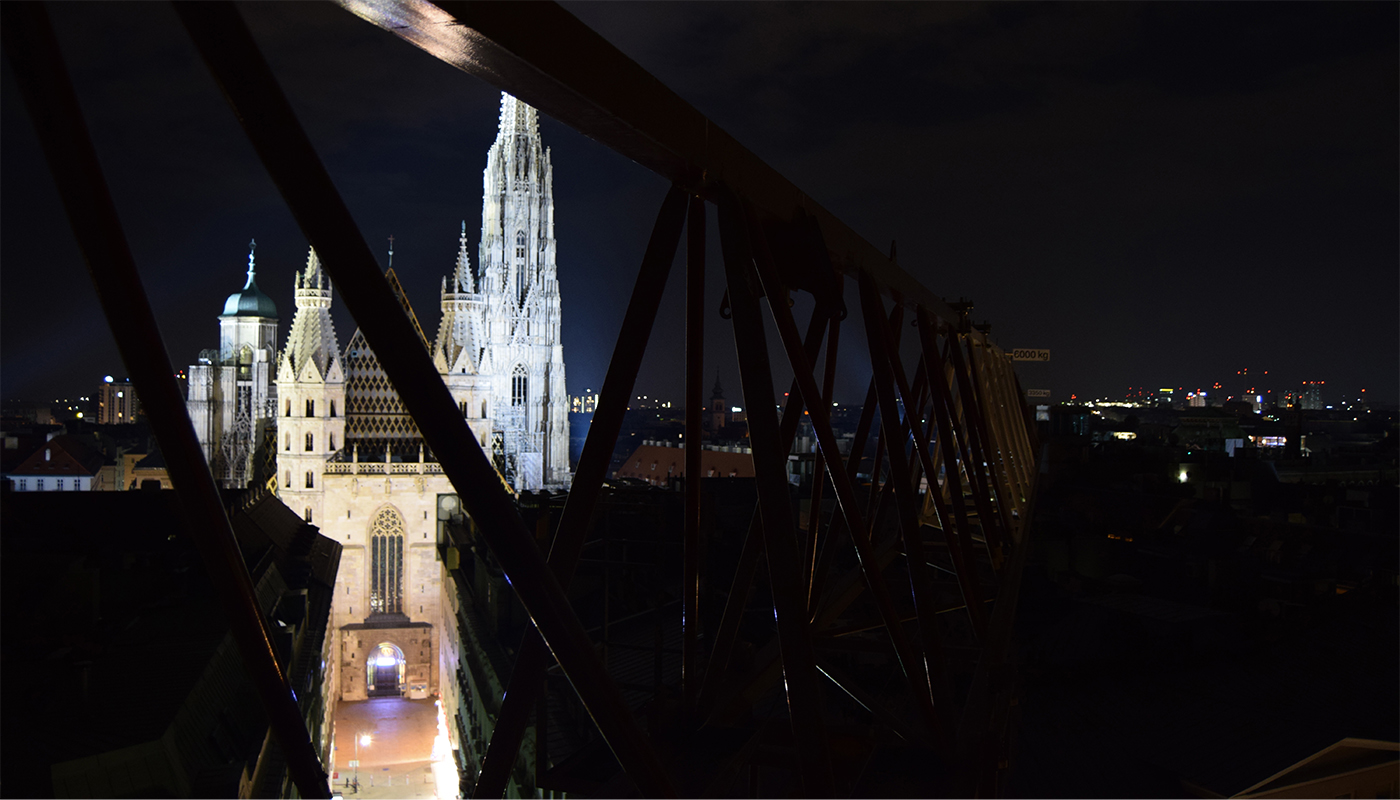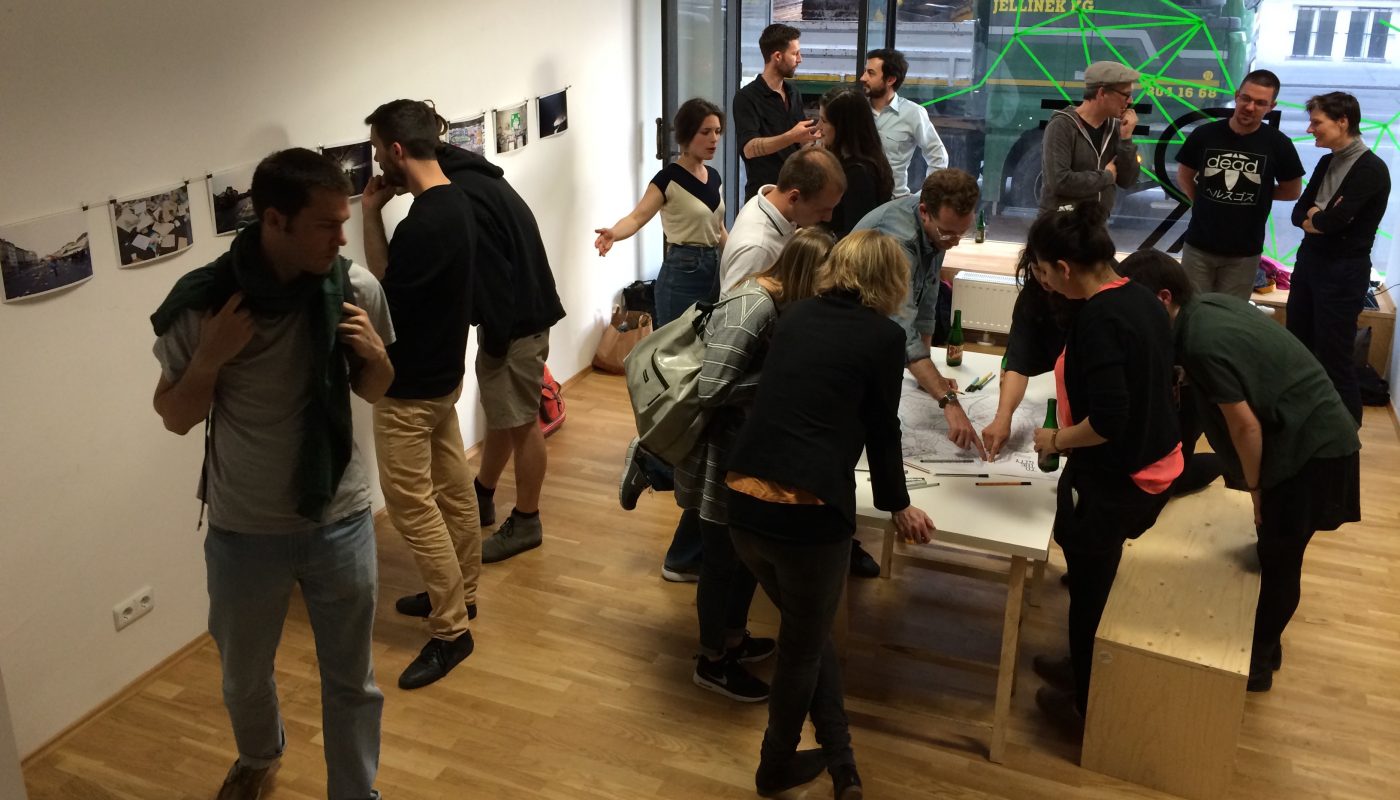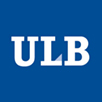How can urban exploration change how we experience a city? Scott Durno and Rivka Saltiel from Cohort 08 reflect on their takeaways from a 4CITIES workshop with Dr. Bradley Garrett.

Vienna’s Stephansdom, from a unique vantage point.
How are places in the city open or closed to its citizens? While laws are in place to demarcate which spaces may or may not be accessed by the general public, they do not define how people adapt and use a place. By exploring, testing, traversing, and subverting the boundaries between public and private space, a group of cohort 8 students set out the explore Vienna with those questions in mind, during the Easter break of 2016.
The workshop was a voluntary 4-day course, and the method was simple – use photography and sound to uncover a new understanding of the environments around us. The outcome was also simple – we experienced Vienna in an unexpectedly exciting, playful adrenaline-filled way, that was both eye (and ear) opening.
Bradley Garrett, a cultural geographer and “place-hacker” working at the intersection of a number of methodologies and disciplines, was our guide. Arriving with a bag of cameras and sound recorders to the classroom, he gave a quick introductory lecture on visual geography and urban soundscapes, followed by a crash-course on manual digital photography. We spread out in the city, with the goal of uncovering public spaces that might not be interpreted as such, given their semi-private positioning. The shift of foci towards our visual and audible senses was initially a challenge. Used to expressing thoughts and ideas through words and text, throughout the workshop we reflected on the meaning of text and the power of images.
The daytime group trips and nocturnal adventures were guided by a group of local urban explorers. With Igor, Olaf, and Milla, we descended into the depths and scaled the heights of Vienna. Sometimes vertigo-inducing (and not just for the acrophobics), this unconventional methodological approach was liberating, allowing us note how fundamental perspectives are to understanding urban space. We found ourselves following our own desire lines, pushing what we understood to be private and public. The gentle anarchy of playing on a grassy knoll in the centre of a major tram interchange station, disappearing into the subterranean Wienfluss, or observing the moments after the Sunday flea market was dismantled became in themselves performances. The photographic and auditory impressions we captured along the way formed the basis of our final exhibition.

“Our Hidden City,” at die Raumteiler.
After conceptualizing, editing, and deciding on a final selection of 20 images, we mounted “Our Hidden City: dis/un/recovering Vienna” at die Raumteiler, in Vienna’s 3rd District. In arranging the works, we reflected on the narrative we had constructed. Our path, that of everyday urban explorers, showed the concealed desire lines running through the city and interrogated the received understandings of ownership, physical accessibility, and performance. In a world that is becoming increasingly privatized, spaces and places have also fallen subject to this regime. In spite of this, how do we establish, contest and mark their presence? Temporal, physical, and potentially ephemeral traces can be shot and captured using the lens and microphone, ultimately to help explain and contextualise these interventions, whether they are sanctioned or not. Rather than focusing on an endpoint, the pleasure of a journey through an unfamiliar urban space with a different lens became in itself the object of our study.
The sleepless nights and heavy workloads involved in the workshop have since receded. However, the new tools we acquired; the ability to handle cameras and sound equipment with confidence, the insight that there are alternatives to words and text in describing an idea, and that our visions of a city are only limited by where we think we can venture, presented a shift of perspective that has proven invaluable. In the end, the photos and soundscapes of Vienna speak for themselves. Press play below to hear a soundcollage of the locations in the pictures that follow.

























